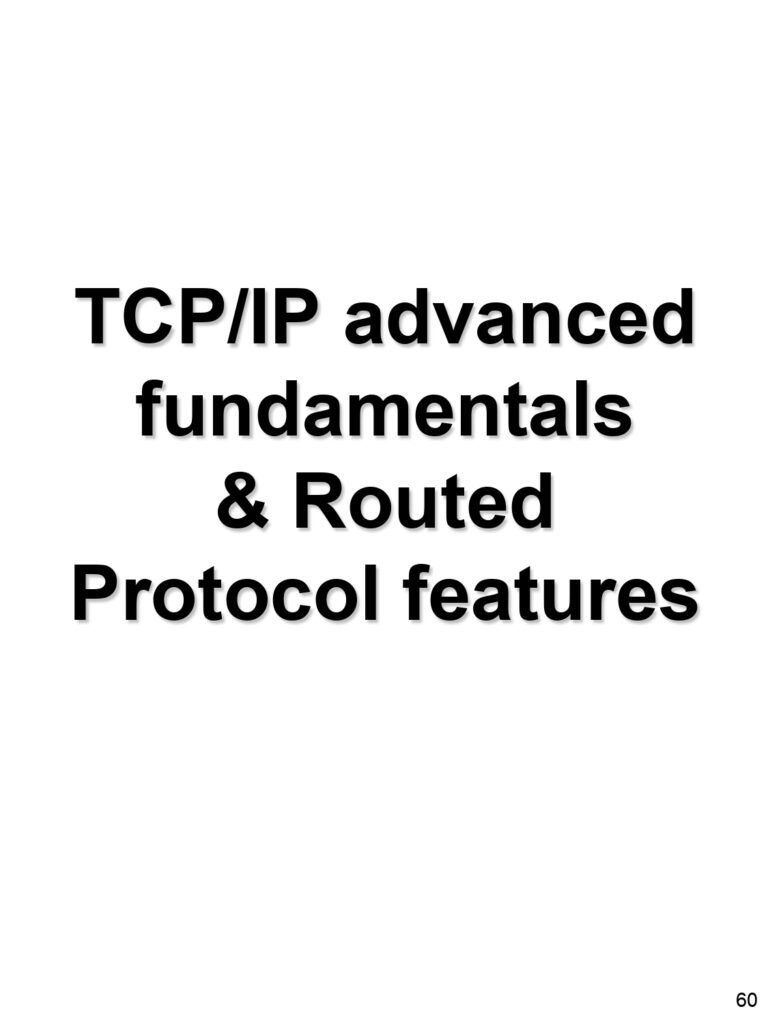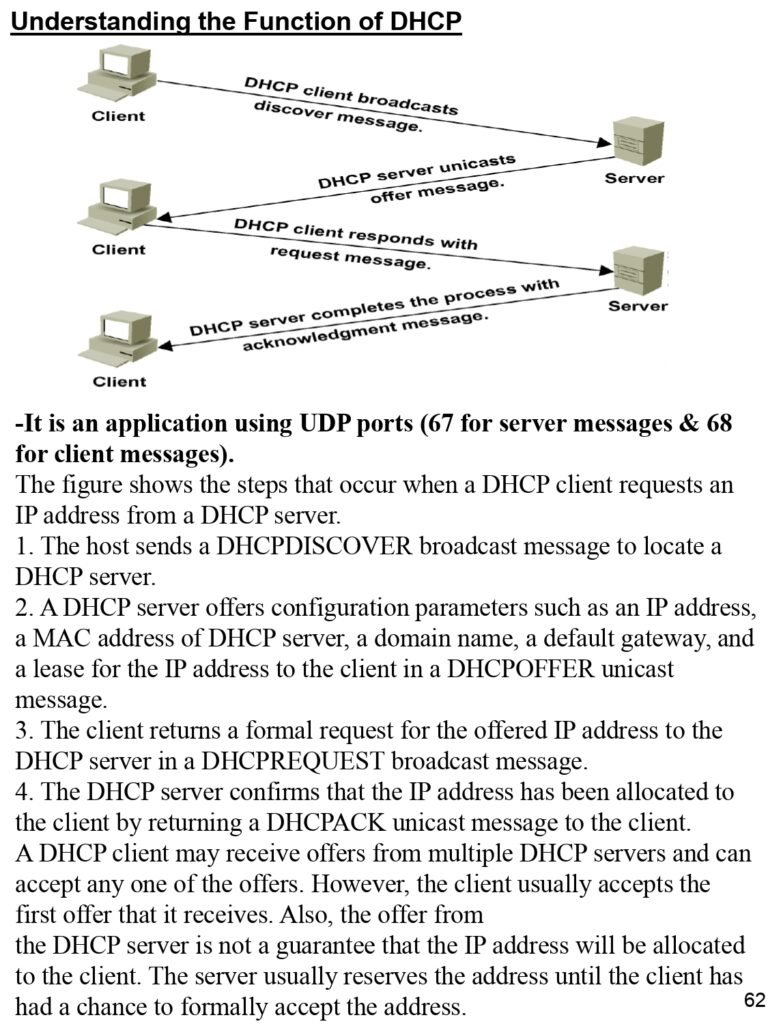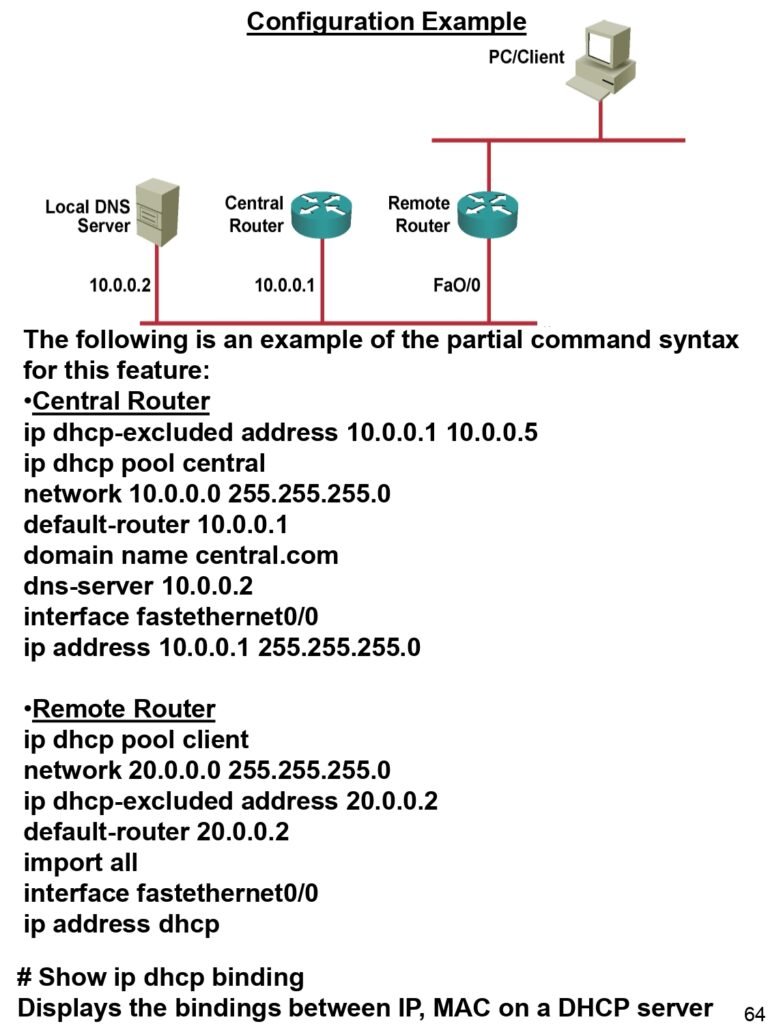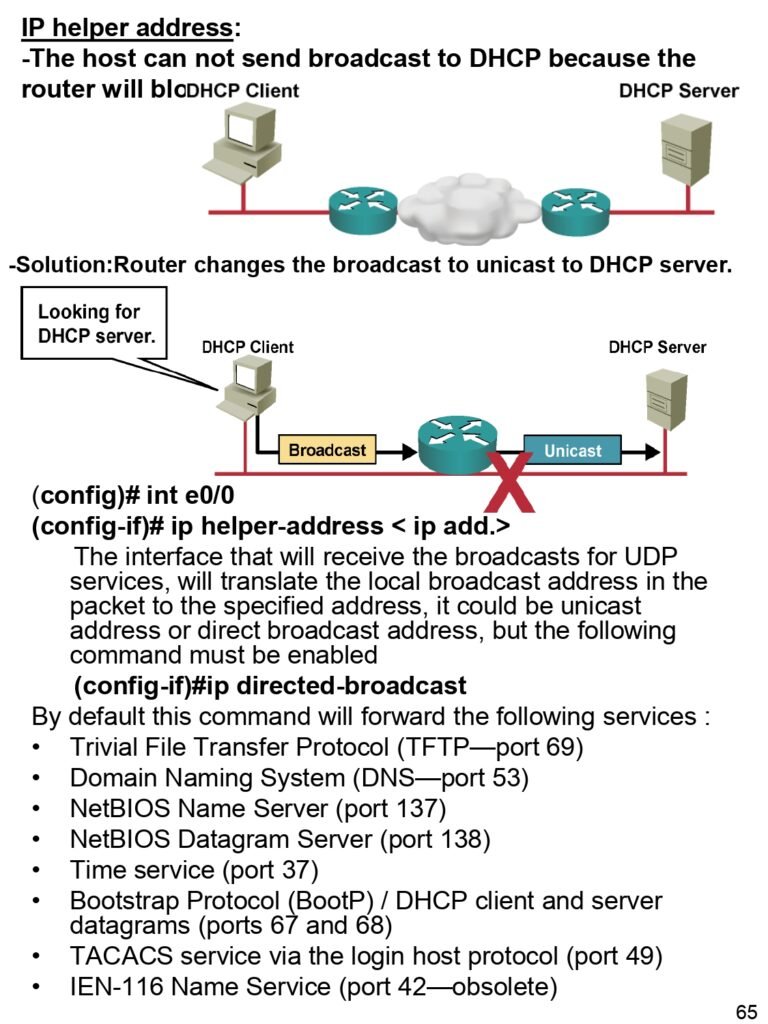TCP/IP Advanced Fundamentals
TCP/IP Advanced Fundamentals is a comprehensive course that focuses on the advanced concepts of the TCP/IP protocol suite. The course is designed to provide a deeper understanding of TCP/IP, covering topics such as network architecture, routing protocols, packet analysis, security, and advanced network services.
The course is ideal for network engineers, administrators, and security professionals who want to expand their knowledge of TCP/IP and enhance their skills in managing complex network environments. With this course, you will gain a solid understanding of the advanced concepts of TCP/IP and be able to apply this knowledge to troubleshoot and optimize your network infrastructure.
Routed Protocol Features
Routed protocol features are essential components of networking that enable the transfer of data packets across different networks. These protocols define the rules and mechanisms for addressing, routing, and forwarding data packets between different hosts, devices, and networks.
Some of the key features of routed protocols include support for hierarchical addressing schemes, efficient routing algorithms, error detection and correction mechanisms, and network congestion management techniques. T
hese features ensure reliable and efficient data transfer over complex and diverse network topologies, enabling users to access resources and services from anywhere in the world.
About the Notes:-
The book is a quick and comprehensive summary of TCP/IP Advanced Fundamentals and Routed Protocol Features. consisting of 25 pages, in a simple style.









Notes Content: –
- DHCP Services
- Understanding the Function of DHCP
- Configuring a DHCP Server
- IP helper address
- To filter or add new protocols
- DHCP Spoofing
- Mitigating DHCP Spoofing
- TCP & UDP (Transmissin control protocol & User Datagaram Protocol)
- TCP Sliding Window
- TCP window scaling option
- TCP Selective acknowledgment (SACK) option
- Also features helped to enhance TCP
- Routed Protocols Features
- Solutions for extending IP addressing
- Private addresses ( RFC 1918 )
- NAT and PAT
- Static NAT
- Dynamic NAT
- Dynamic NAT with Overload (PAT) or also called NAPT (Network Address and Port Address Translation)
- Static PAT (Port Forwarding)
- Using subnetting
- Using VLSM
- IP un-numbered
- Route summarization
- CIDR
Prepared By: –
Eng Ahmed Nabil
Notes Format: –
To Download PDF: –
For MPLS PDF handwriting From here
For BGP PDF handwriting from here
